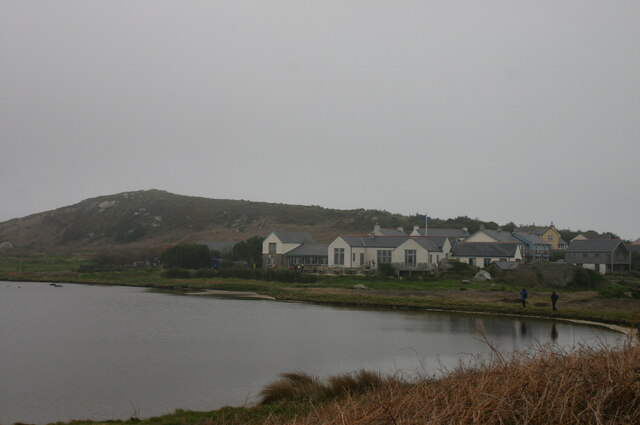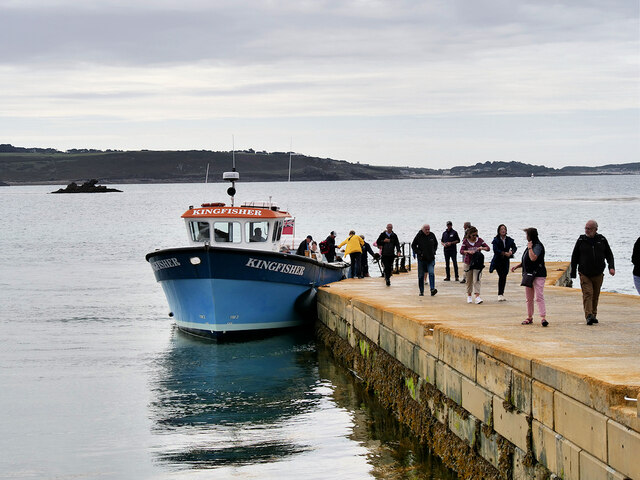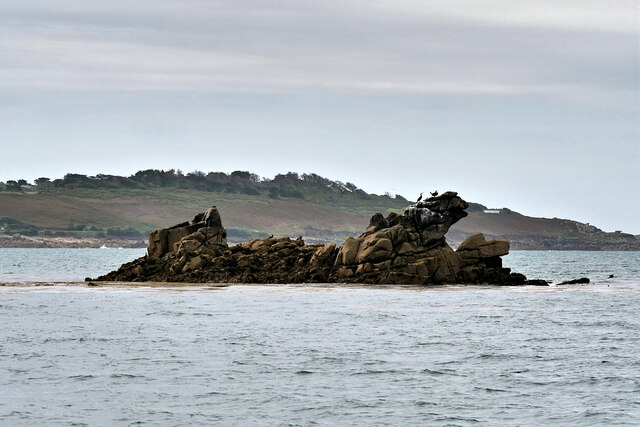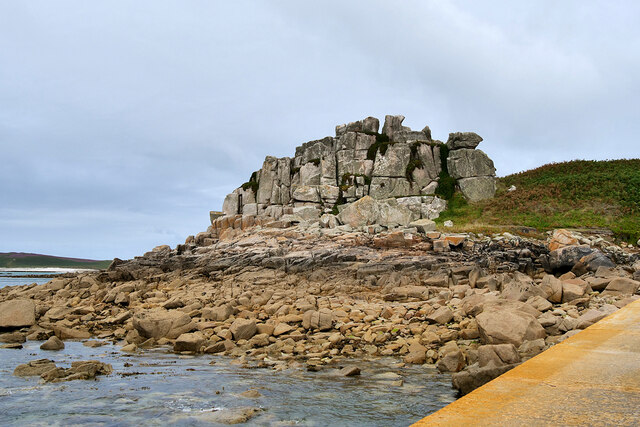Appletree Point
Coastal Feature, Headland, Point in Cornwall
England
Appletree Point

Appletree Point is a prominent headland located on the coast of Cornwall, England. Situated on the southwestern tip of the country, it is known for its stunning natural beauty and dramatic coastal landscape. This coastal feature is characterized by its rocky cliffs, rugged terrain, and breathtaking views of the surrounding sea.
The name "Appletree Point" is derived from the presence of an ancient apple orchard that once stood on this headland. It is believed to have been planted by local farmers centuries ago, and although the orchard no longer exists, the name has endured.
Visitors to Appletree Point can enjoy a variety of activities in this picturesque location. The headland offers opportunities for hiking, with several trails that wind through the rugged terrain, providing stunning vistas along the way. Birdwatchers will also find Appletree Point to be a haven, as it is home to a diverse range of bird species, including seabirds such as gannets and puffins.
The rocky cliffs of Appletree Point are a popular spot for rock climbers, attracting enthusiasts from near and far. The challenging climbs and stunning coastal backdrop make it an ideal location for both experienced climbers and beginners looking to try their hand at this exhilarating sport.
Overall, Appletree Point is a must-visit destination for nature lovers, outdoor enthusiasts, and those seeking to immerse themselves in Cornwall's stunning coastal beauty.
If you have any feedback on the listing, please let us know in the comments section below.
Appletree Point Images
Images are sourced within 2km of 49.945848/-6.3382808 or Grid Reference SV8814. Thanks to Geograph Open Source API. All images are credited.













Appletree Point is located at Grid Ref: SV8814 (Lat: 49.945848, Lng: -6.3382808)
Division: Isles of Scilly
Unitary Authority: Isles of Scilly
Police Authority: Devon and Cornwall
What 3 Words
///notch.shortens.forced. Near Tresco, Isles of Scilly
Nearby Locations
Related Wikis
Tresco Abbey Gardens
Tresco Abbey Gardens are located on the island of Tresco in the Isles of Scilly, United Kingdom. The 17 acre gardens were established by the nineteenth...
Tresco Heliport
Tresco Heliport (ICAO: EGHT) is a heliport located on the island of Tresco, in the Isles of Scilly off the southwest coast of England, UK. The heliport...
Tresco Priory
Tresco Priory is a former monastic settlement on Tresco, Isles of Scilly founded in 946 AD. It was re-founded as the Priory of St Nicholas by monks from...
Oliver's Battery, Tresco
Oliver's Battery is a ruined artillery battery on the island of Tresco in the Isles of Scilly off of Cornwall, England. It was built by the Parliamentarian...
Nearby Amenities
Located within 500m of 49.945848,-6.3382808Have you been to Appletree Point?
Leave your review of Appletree Point below (or comments, questions and feedback).






